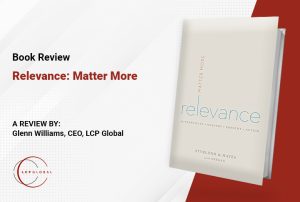In 2004, I accepted a VP role for an organization that was expanding globally, and as a result, I was overwhelmed by the number of meetings I was expected to attend!
Frustrated with endless meetings and the lack of decision-making and productivity, it became obvious to me that we didn’t always have the right people in the room, and how this often undermined the outstanding ability of others in the organization.
After reading Patrick Lencioni’s, Death by Meeting, I conducted an audit of all the meetings I was asked to attend, including where someone (or more than one) from my department was required to be (Lencioni, 2004).
I included ‘vertical’ meetings that were initiated from higher up the leadership chain and down the line when staff wanted me to be there so they could get a decision. And ‘horizontal’ meetings where cross-functional representation or buy-in was needed from different teams.
What was even more revealing to me than the cost of conducting all of these meetings, was the reality that many of them concluded with no clear result or measurable outcome. It didn’t take me long to realize that this was reflective of larger, systemic issues in the organization’s culture.
A number of years ago, Dr. Adizes introduced the need for ‘CAPI’ to be present at meetings if effective outcomes are to be achieved. Essentially, CAPI is the (C) coalescence of (A) authority, (P) power and (I) influence (Adizes, 2004, 267).
Authority
If the purpose of a meeting is to see a decision made, then it is critical to have a person in the room that has the authority, or legal right to make that decision. That person must be able to say ‘yes’, ‘no’, or ‘wait’.
Power
However, we’ve all attended meetings and been frustrated by seeing good decisions thwarted by people who have the ability to withhold their cooperation or that of their team. Because they have ‘the power to punish or reward’, it is better to have them in the meetings.
Influence
Finally, there is the need to have subject matter experts to influence the outcome without having to use authority or power.
What’s the bottom-line?
We know there are many factors that can make it difficult for leaders and organizations to always achieve win-win scenarios, but it is possible to increase the probability of achieving them by holding more productive meetings – and less of them!
For the record, I implemented a new system of meetings for my department that improved communication, increased productivity, and gave us a lot more time to do the work rather than discuss the work.
Adizes, Ichak. (2004). Managing Corporate Lifecycles. Santa Barbara: Adizes Institute Publications.
Lencioni, Patrick. (2004). Death by Meeting. San Francisco: Jossy-Bass.



